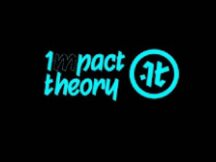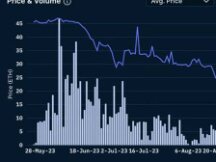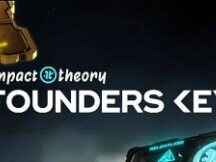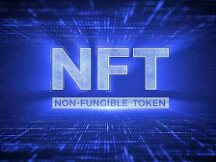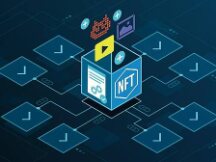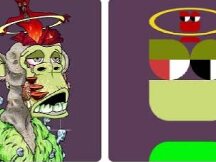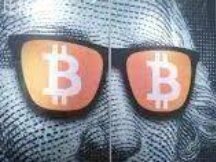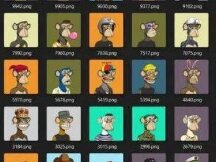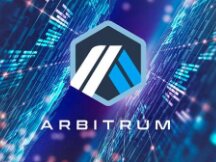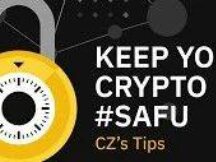GameFi changes your game from game restrictions to endless games.
Currently GameFi is generally commercially dual currency, and by default all gamefis include two characters: erc20 and NFT.
Taking Aixe as an example, the Axian model industry has two types of coins: AXS and SLP, two erc20 coins, the other is wild NFT. The business relationship between Axs-erc20 & slp-erc20 and NFTs is difficult and will not be discussed here.
Gamefi's erc20 and NFT coins are not much different from the content and components of existing games. But what differentiates gamefi from traditional games?
The Peng brothers figured it out for months, and after watching hundreds of gamefi games, they finally found their meaning.
Gamefi's NFT is a tool that can move across multiple games and can become a legacy in the gamefi industry, and the erc20 token is the legacy of every game if.
NFTs are global interactions in GamePie (also called metaverse) where NFTs from one game can be called from another.
The game itself can be considered a "rule" and players complete certain games or investments according to "rules". Games (e.g. rules) are specialized versions of NFT tools that allow players to complete a game or business by complying with "rules".
For gamers, NFTs are really the gamer. What is called "real" here means that the "rule A" created by party A of a particular game is not friendly to a particular player, then the player cannot play game A using these NFTs , but will use the same NFTs. Of course, if you want to play Game B on behalf of, that means Game Project Party B developed Game B based on this NFT.
How do toy developers get first-time users? In the GameFi market, developers can make game B with new rules based on the NFT of another game A, and users of original game A are always happy to come and play B.
And we love to announce the erc20 tokens of the game project party, especially the dual erc20 tokens, one with a cap and the other with proprietary ones, such as Axian's AXS and SLP. The hat is generally regarded as a commodity produced by a party, which represents a potential return for the business world and its partners. These limitations are usually used in conjunction with NFT to develop business models in the industry and game logic. The configuration of two erc20 tokens allows the game side to more easily match the interests of the capital side and players .
Dual currency system (NFT and erc20) from GameFi
GameFi's dual currency (NFT and erc20) system ameliorates the conflict of interest between gamers and in-game game plans that exist in the GameFi industry.In GameFi, the NFT property is for the user, the rights (the game itself) are the game developers, and the assets can restrict the rights. However, in traditional games, the legacy and the rules come from the game developer.
In a traditional game, the player is the user (or ground) and usually has a game between the project part and the players. In the case of games, there are always days when the player is tired, and from a project perspective, even in a hard-working project, there is always a day when you are creative and tired. The life cycle will be short.
Every sports company creates a variety of games because they want to survive, but companies understand that no game is always popular.
The game model of the traditional game is for the game project to attract the collection of players, and the player, who is the parent of food and clothes, digs under the scythe. The GameFi dual-core gaming standards (NFT and erc20) are there to improve the rules of this game.
If the game company wants to develop a variety of games based on the GameFi industry standard, the NFT equipment can be reused, which is beneficial for both gamers and businesses. .
GameFi game rules change the game from some of the existing games to endless GameFi game. A game itself has a life cycle, but the NFT treasure in the player's hand does not die, and the game developer can reuse the same NFT to create other games, and players can play more. This is for players who previously played endless and now play endless.
Game rules can also absorb NFT tools from other games. Toy designers have the capacity and the time to create new ecological models.
GameFi's dual currency market model (NFT and erc20) has certainly played a role in the history of the blockchain industry.
Among the coins that use consensus-based proof of work PoW, like Bitcoin, miners like NFTs, and the coin itself is erc20.
The 2016 Dao incident split ETHereum into ETH and ETC, but ETH and ETC reuse the same machine for card mining, and the mining rules are the same, it is NFT reuse assets. Each pre-split symbol holder contains both ETH and post-split ETC, which is a reuse of the user pool.
In 2017, Bitcoin split due to a conflict of interest and BTC and BCH were created, but the same ASIC miner was reused to mine BTC and BCH, and the rules were the same. This is a reuse of NFT tools. . The token held before the split will contain both BTC and BCH after the split, which is a reuse of a user pool.
We can see that miners are users and developers have the right to create rules on the blockchain.
Blockchain developers can create different rules but reuse the same miners to secure the blockchain and reuse the same users to add network costs to the blockchain.
The business model of profitability is a great source of inspiration for entrepreneurs. Users, coins and NFTs are all resources that merchants can call on and they can set up various rules (chain, contract, game, Dao) to reuse these resources, achieve their own business interests or contribute to the entire ecosystem.

Scan QR code with WeChat
